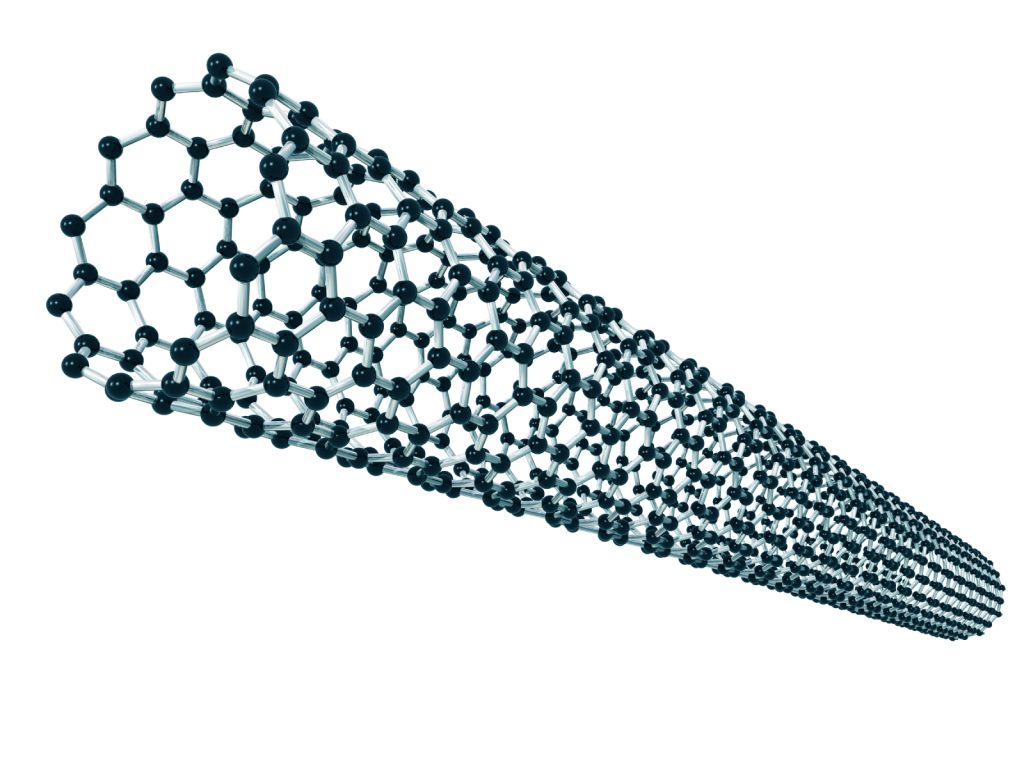What is Material Science?
The history of material science is vast and old. We can trace back our ingenuity to the Stone Age era, when humanity was still figuring out the things they could do with the materials around them. We worked materials and developed tools, until we started to create our own materials by discovering metallurgy, for example.
Nowadays we depend on our manipulation of fundamental components to create even more advanced materials, like lightweight materials for faster cars, which bring on an infinite array of benefits for the engineering industry.

So What is Material Science?
All engineered products are made of materials, so this science includes the discovery and design of new materials, and incorporates chemistry, physics and engineering. More specifically, it tries to relate the microstructure of the materials to their macromolecular physical and chemical features. An example is nanotechnology, which allows researchers and engineers to tailor the structure of materials at a microscopic scale.
Material science greatly impacts society at very different points, including the current challenges of climate change and of sustainable energy. It also impacts our daily life, because it studies things like glass and plastic, which we use regularly.
The Materials
The engineering industry uses a lot of different materials, including ceramics and glass. Material science tries to improve these materials, like adding a resistance to scratches to glass, for example. And ceramics are used because of their stability at high temperatures, and can even be used to build a car engine that is fuel efficient and light.
Composite materials are also commonly studied by this science. They’re made from two or more materials with different properties which, when combined, offer a new one with all the characteristics of the individual components. Composites can be used in the casings of television sets and phones, and their properties usually mean that the resulting material is stronger.
Another material widely used in engineering is the polymer, which is the raw material for plastics. Polymers are found in electrical insulation, artificial leather, containers, and much more.

The Benefits
Since material science studies the materials used in a lot of different industries, it can impact them all greatly. The engineering industry, in particular, benefits from it in applications that include precision investment casting process, aircraft bearings (so that they become lighter), spider silk (a strong material with many properties), and recycling.
This last one is incredibly important in an increasingly environmentally-conscious society, which worries about turning non-metallic components into something useful, like benches and fences, for example. Dealing with nuclear waste can also become easier in the future, with materials that allow it to remain contained for a very long time.
Material science offers many other benefits to society, because it’s a science that is constantly looking to improve the existing materials and components; it’s forward-thinking, which leads to a constant stream of innovation and, therefore, continuously benefits the engineering industry.
For more information on the materials we use, or on any of the products we offer, get in touch with us or call us on 0161 775 1633. To keep up to date with our latest news, follow us on Twitter, LinkedIn and Google+.
Registered in England VAT No: 146307478 Company Registration No: 1062820




